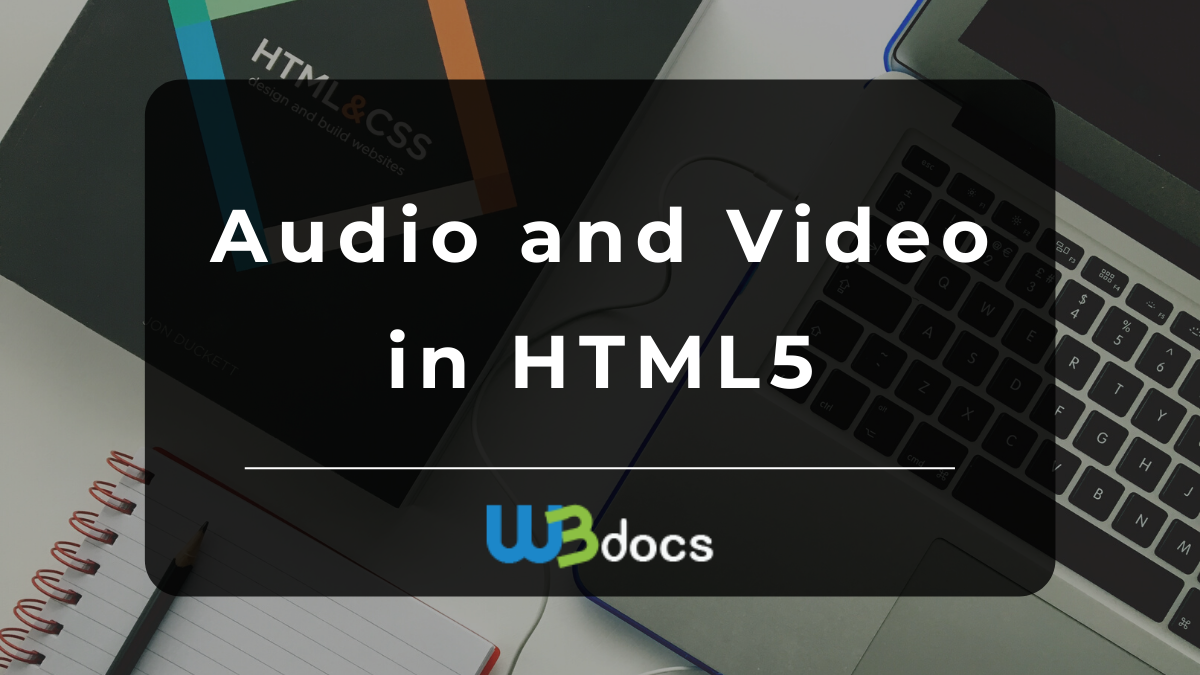Understanding the <audio> and <video> Tags in HTML
 prasanna Vasudevan
prasanna Vasudevan
In the modern web landscape, multimedia elements such as audio and video play a vital role in delivering engaging and interactive content to users. HTML provides dedicated tags, <audio> and <video>, to seamlessly embed and control media within web pages. In this article, we will explore the usage and features of these tags, unlocking the power of multimedia in HTML.
The <audio> Tag: Enriching the Web with Audio
The <audio> tag allows you to embed audio content directly into your HTML pages. Whether it's background music, podcasts, or sound effects, the <audio> tag makes it easy to integrate audio elements. Let's delve into the basic structure and attributes of the <audio> tag:
<audio src="audiofile.mp3" controls></audio>
In this example, we set the src attribute to specify the source file for the audio content. The controls attribute enables the default audio controls, such as play, pause, and volume adjustment. However, these attributes merely scratch the surface of what can be accomplished with the <audio> tag.
Advanced Audio Control and Customization
The <audio> tag offers additional attributes and JavaScript APIs for fine-tuning and extending audio control:
autoplay: Automatically starts playing the audio as soon as the page loads.loop: Repeats the audio playback indefinitely.preload: Specifies whether the audio should be preloaded when the page loads (auto,metadata, ornone).volume: Sets the audio volume (0.0 to 1.0).currentTime: Retrieves or sets the current playback position of the audio.
Furthermore, the JavaScript APIs, such as play(), pause(), seekTo(), and addEventListener(), empower developers to create custom audio controls and interactivity.
The <video> Tag: Bringing Motion to the Web
Similar to the <audio> tag, the <video> tag enables seamless integration of video content into web pages. Whether it's movies, tutorials, or video clips, the <video> tag offers a robust solution. Let's take a look at the basic structure and attributes of the <video> tag:
<video src="videofile.mp4" controls></video>
In this example, we set the src attribute to specify the source file for the video content. The controls attribute, similar to the <audio> tag, provides default video controls.
Enhancing Video Playback
The <video> tag provides a range of attributes and APIs for enhanced video playback and customization:
autoplay: Automatically starts playing the video as soon as the page loads.loop: Repeats the video playback indefinitely.preload: Specifies whether the video should be preloaded when the page loads (auto,metadata, ornone).poster: Sets an image to be displayed before the video loads.widthandheight: Adjusts the dimensions of the video player.Conclusion
Incorporating audio and video content using the
<audio>and<video>tags in HTML opens up a world of possibilities for creating immersive and captivating web experiences. By leveraging the various attributes and JavaScript APIs, developers can seamlessly integrate and control multimedia elements, enriching their websites with audio and video content. Remember to optimize media formats, consider compatibility, and explore the multitude of customization options to deliver a delightful user experience.
Subscribe to my newsletter
Read articles from prasanna Vasudevan directly inside your inbox. Subscribe to the newsletter, and don't miss out.
Written by
